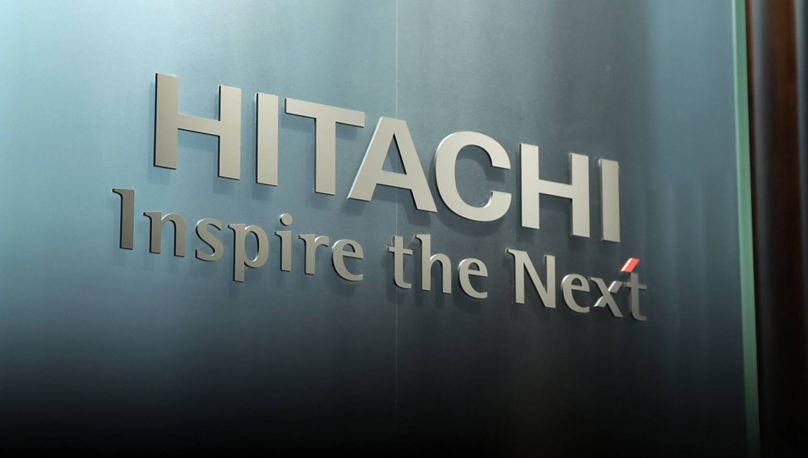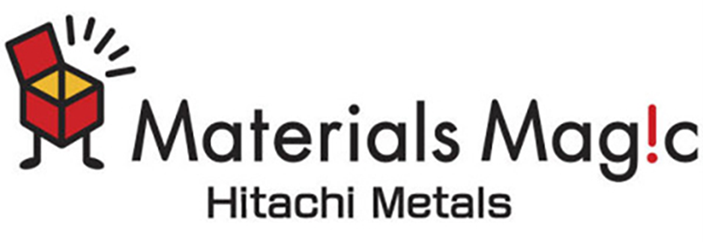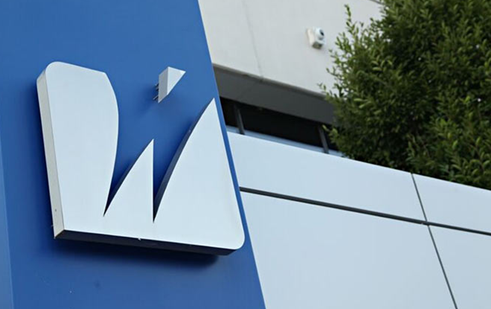
As Hitachi Metals plugs its flow of red ink with a 46% jump in business, a consortium led by global private equity firm Bain Capital is preparing to acquire it for about $7.5 billion. They are looking at its capability to provide magnetic materials and components in the growing electric vehicle market as an important path to turnaround from lackluster performance in the past few years.
The company’s segment of Magnetic Materials & Applications and Power Electronics was a strong contributor to the fresh rebound, with revenues jumping 44% in the past three months compared to the same period a year ago. Reporting July 28 for its most recent quarter which ended June 30, Hitachi Metals said the segment posted revenues of about $289 million. Company-wide, Hitachi Metals generated about $2 billion in revenues for the quarter and posted a turnaround profit of about $27 million.
Breaking down the revenues by business, sales of magnetic materials increased year on year on the back of significant growth in automobile sales in each region globally and strong demand related to industrial and electronics markets, although demands for rare earth magnets and ferrite magnets were affected by the impact of production adjustments implemented by automobile manufacturers as a result of a supply shortage of semiconductors for automobiles.
Among power electronics materials, soft magnetic materials, and their applied products saw brisk demand for use in telecommunications applications such as smartphones, tablets, and server equipment. Demand for amorphous metals for transformers also increased mainly in Asia. As a result, sales of soft magnetic materials, and their applied products as a whole increased year on year. Sales of ceramic components increased year on year due to an increase in demand for use in automobiles as well as for server equipment and continued strength in demand for use in medical devices from the previous fiscal year. As a result, sales of power electronics materials as a whole increased year on year.
Meanwhile, no date has been set for closing yet, but the companies appear to be moving along with the structure outlined in late April when the proposed deal was announced. The consortium, which includes two Japanese funds, will buy 53% of the company owned by Hitachi and 47% owned by others, capping a string of divestitures by Hitachi as it reorganizes its business.

With a product portfolio that ranges from specialty alloys to magnets, magnetic materials and electronic components, Hitachi Metals has long been one of the world’s leading players in magnetic materials and high-end ferrite magnets with a strong research and development tradition and deep ties with industry customers. But the business has suffered lately, battered by Covid-19 fallout and certainly not helped by disclosure last year of a scandal involving the manipulation of quality inspection data for magnets and other products for more than 10 years. It trimmed its workforce 10% last fall, dropping employment by about 3,200 positions.
Bain says that it hopes to support management in enhancing Hitachi Metals’ competitiveness, particularly in high-growth sectors such as vehicle electrification and realize a strategy of “Only 1 and No. 1” market leadership. Yuji Sugimoto, managing director in Japan for Bain, said, “We will make full use of our extensive management support systems and investment track record, both in Japan and globally, to enhance Hitachi Metals’ future growth and improve corporate value.”
Revenues in its magnetic and power electronics segment fell again in its most recent fiscal year ending March 31, dropping 9.1% to about $966 million. Breaking down the revenues by business categories, demand for both rare earth magnets and ferrite magnets among magnetic materials plummeted, hitting a low in the first quarter, the company reported. However, demand continued to recover for automotive electronic components after the beginning of the second quarter ended September 30, 2020. Sales for the fourth quarter were up year on year as demand picked up.
Among power electronics materials, sales of soft magnetic materials and their applied products decreased year on year due to a decline in demand for amorphous metals for transformers, despite an increase in demand related to telecommunications such as server equipment. Meanwhile, sales of ceramic components remained soft year on year due to a decrease in demand for use in telecommunications equipment, despite an increase in demand for use in medical devices. As a result, sales of power electronics materials as a whole decreased from the same period in the previous year.



